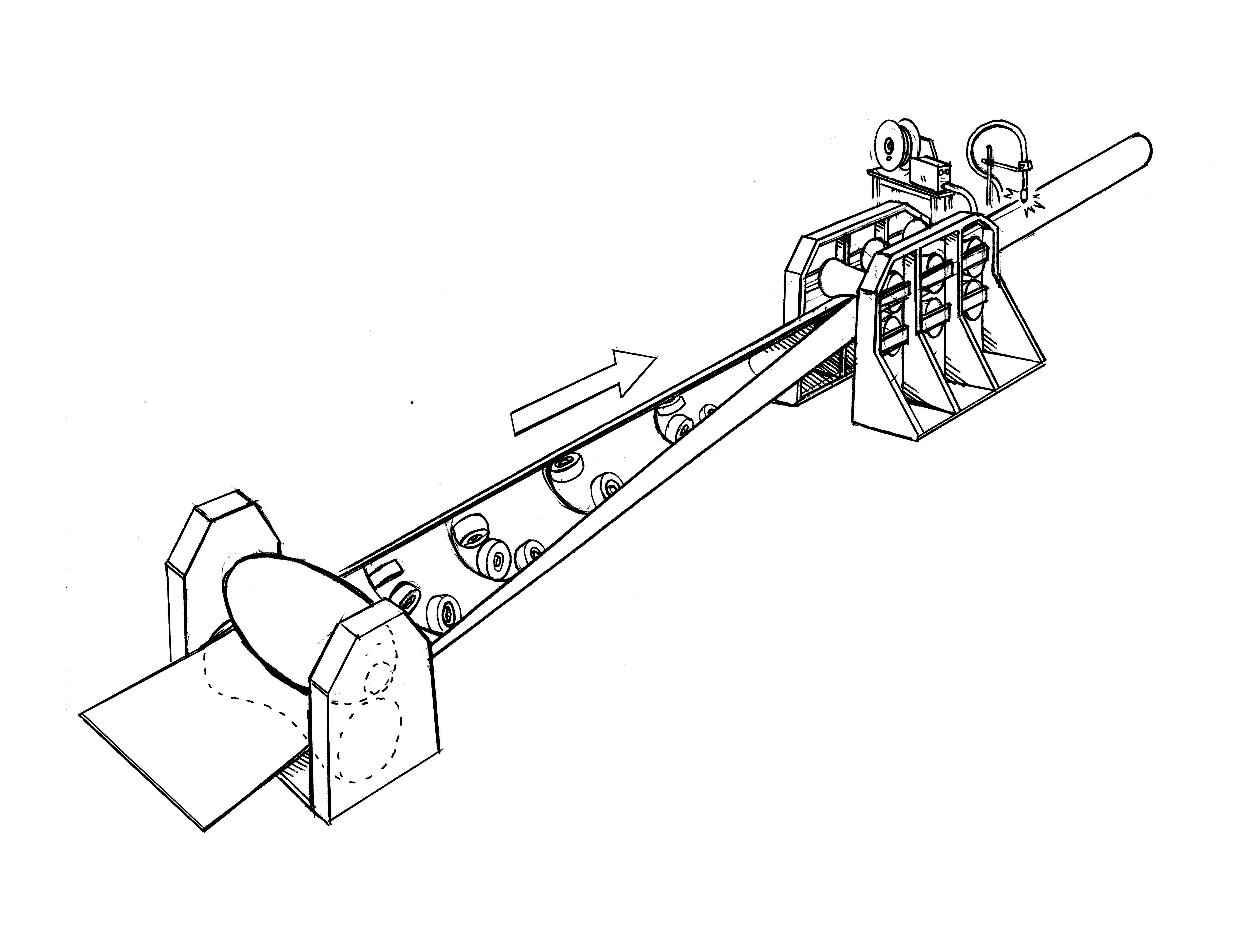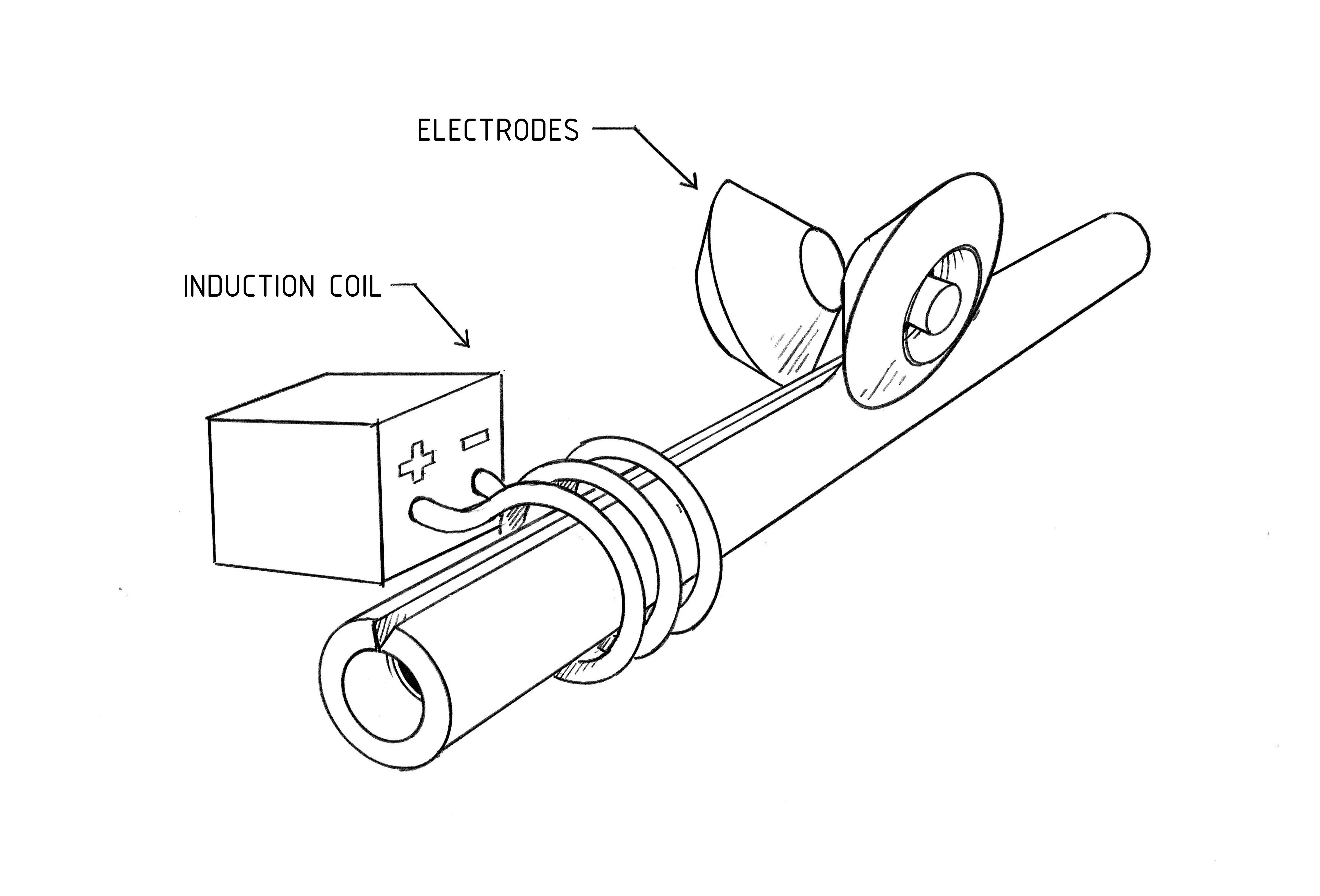1 Welded and Seamless Wrought Steel Pipe
Pipe for most applications is made from low-carbon steel. Pipes are selected based on the working pressures involved and the materials to be transported. For example, steam lines in a nuclear power plant must be strong enough to withstand high pressures and high temperatures. They must also resist corrosion.There are two types of pipe – welded wrought steel pipe and seamless wrought steel pipe.
Welded Wrought Steel Pipe
Welded wrought steel pipe is pipe that is made by rolling a flat sheet into a cylindrical shape and welding the length of the seam. The seam is commonly welded with submerged arc welding (SAW) or electric resistance welding (ERW).


ERW is ideal for welding long seams in pipe because it is exceptionally fast, economical, and requires no filler metal. Current is induced into the pipe as it passes through a ring of induction coils (work coils) near the electrode discs. The electrodes complete the welding circuit. The heat generated at the electrodes melts the seam, and high pressure forces the edges together to produce a strong, defect-free seam weld.
Welded pipe is less expensive to produce than seamless pipe. It is commonly used in foundation piles for buildings, bridges, and piers; in structural columns; in wall castings; and in steel poles for street-lights and electrical transmission lines. Large-diameter welded pipe can be used to transport fluids, but it is not as uniformly round as seamless pipe, which can make installation and fitting difficult. Seamless pipe is used to meet the stringent quality requirements for piping corrosive environments and high-pressure applications.
Seamless Wrought Steel Pipe
Seamless wrought steel pipe is pipe made using an extrusion process. Seamless pipe is also called cold drawn seamless (CDS) pipe. The process involves heating a solid round billet of steel in a rotary hearth. Rollers spin the heated billet as a piercing mandrel pushes through it to form the pipe. Once the billet has been pierced, it is processed to the specific diameter and wall thickness.
Seamless pipe is most commonly used for high-pressure applications and in environments involving extreme temperatures, such as those involving oil and gas processing, power plants, heat exchangers, boiler tubes, and steam pipes.

